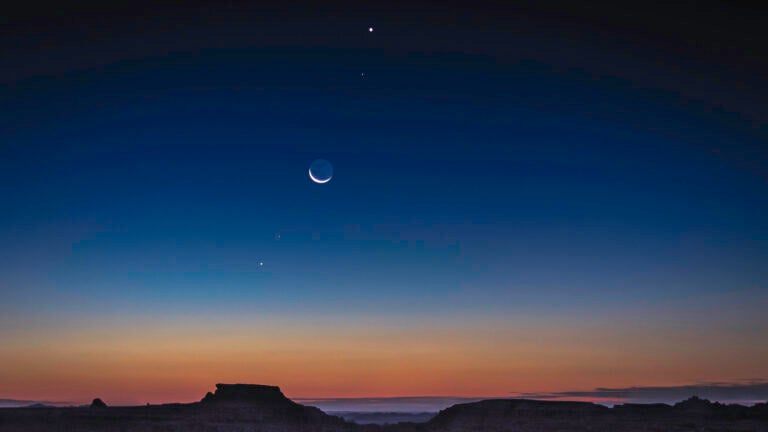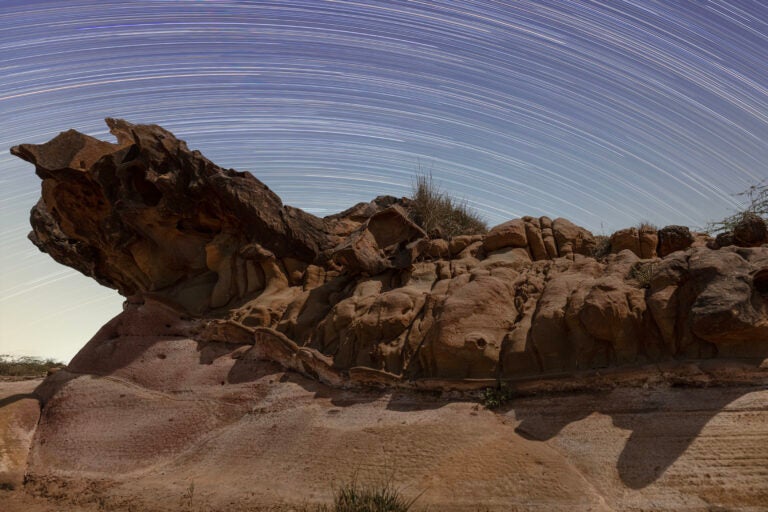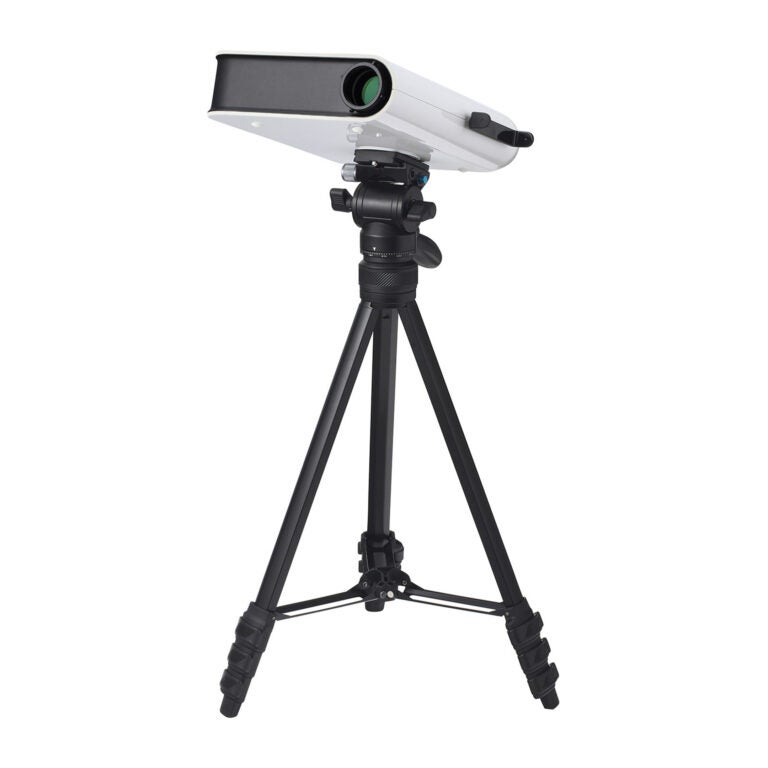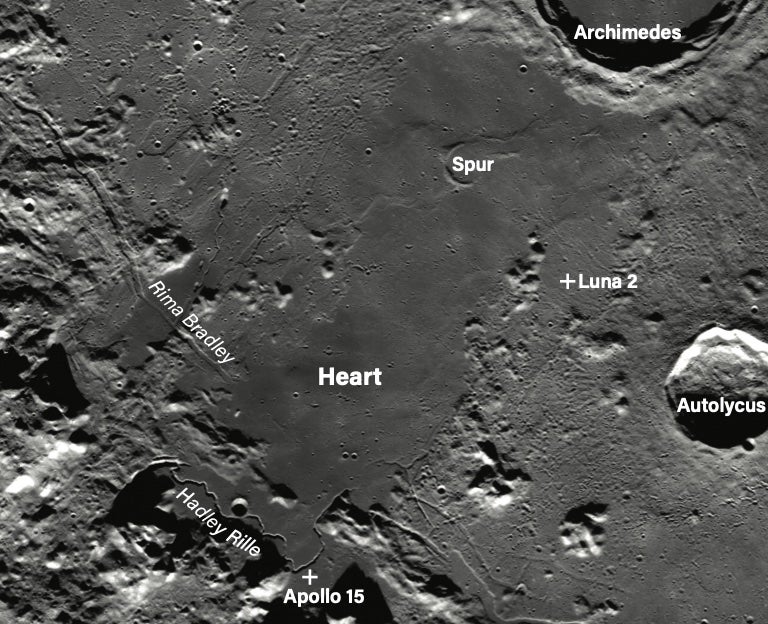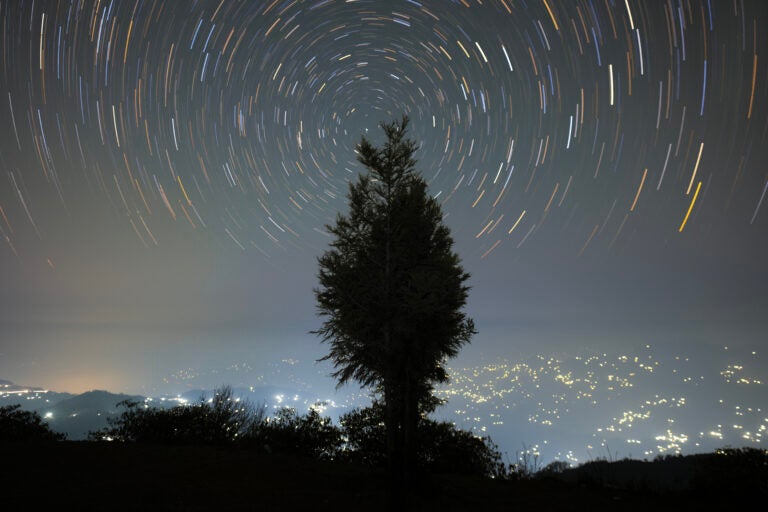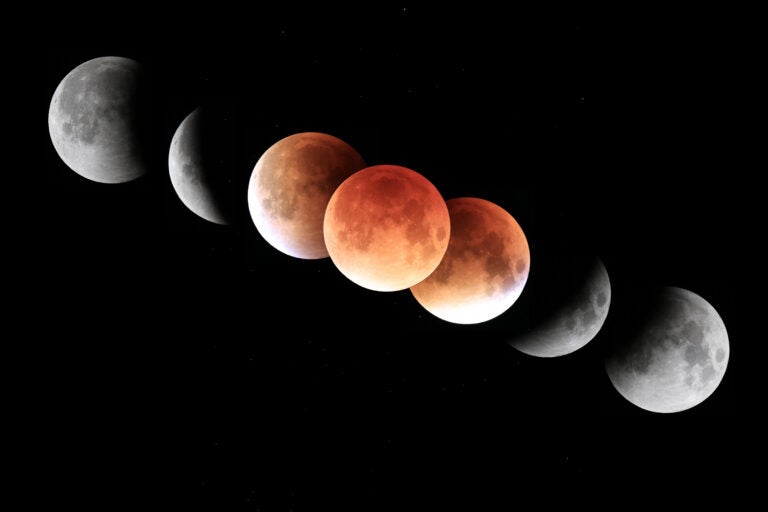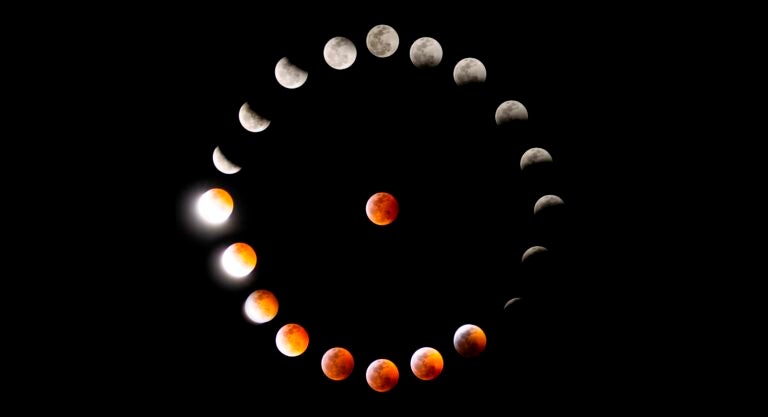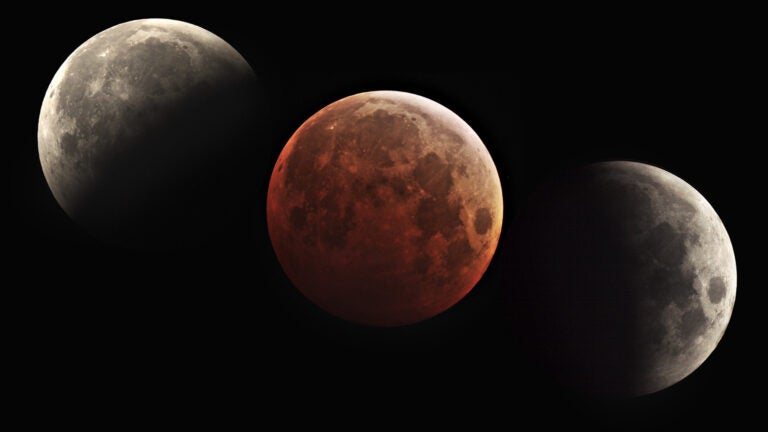In our October 2014 issue, astroimager Robert Reeves described how he creates high-resolution images of our nearest celestial neighbor. Because we had four pages for the story, we could only show you a handful of his great pictures. So, here are 12 more that may help you decide to photograph the Moon yourself some day.
Web Extra: Portraits of the Moon
Robert Reeves' images of Earth's natural satellite are the epitome of detailed beauty.



